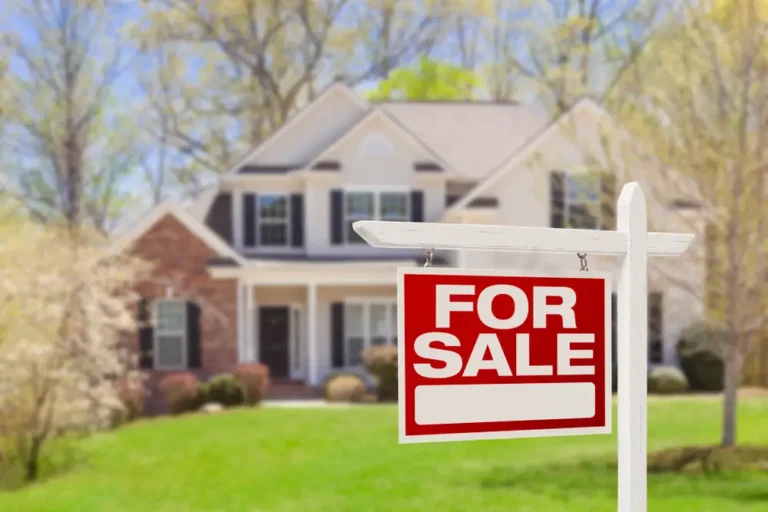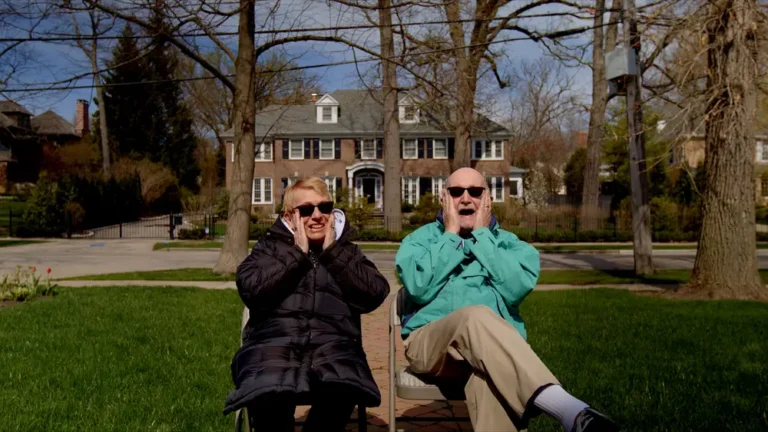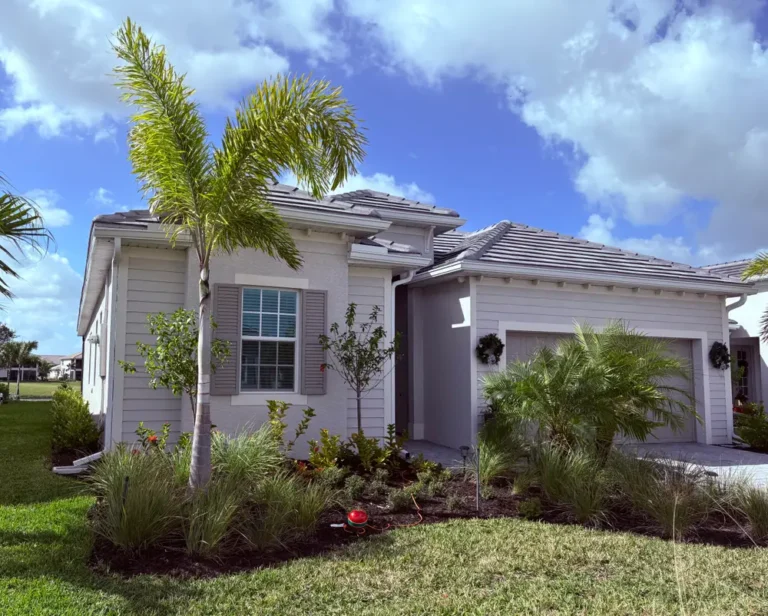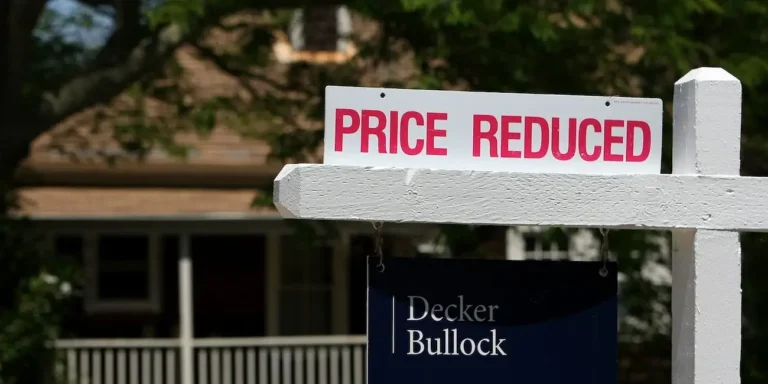Moving to Panama slashed an expat’s expenses. Here’s how much he pays for housing and bills for a family of 4.

Mac Davidson moved to Panama City nearly a decade ago.
Mac Davidson, 46, was done with the intense Canadian winters. After living in Manitoba his whole life, a friend convinced him to leave for somewhere much warmer — and cheaper.
In 2015, Davidson settled down in Panama City, working as a technical support manager. He met his wife in Panama, and the two bought a $150,000 home and now raise their children in the capital.
It initially took months for him to adjust to cultural differences, and he needed to quickly improve his Spanish. Despite some frustrations with the medical system and reservations about his children’s education, he doesn’t plan to leave the country, especially given the costs of retiring comfortably in Canada or the US.
We want to hear from you. Have you recently moved to a new country or state? Please fill out this quick form.
“I love it here but have met many other foreigners who couldn’t take it. It’s not for everyone,” Davidson said. “If you move here thinking you can do everything the same as back home, then you are better to stay where you are.”
Moving to Panama
Davidson was born and raised in southern Manitoba, and got a bachelor’s from the University of Manitoba. Most of his positions have been in customer service and technical support.
He said the winters were always “torture,” while summers were “incredibly short.” He wanted to move, but he wasn’t sure how navigating the job force in another country would work.
In the mid-2010s, he met a Canadian working in real estate in Panama. Davidson helped him with side projects such as his website and listings. The friend encouraged him to consider living in Panama, which Davidson had visited twice before.
Even though he had just received a promotion at work, he decided he needed a change of location. Plus, he was single and had no children, and had enough saved that he considered it worth the risk. He came on a Friendly Nations Visa applicable to Canadians and Americans, as well as residents from four dozen other countries.
Adjusting to life in Panama City
His friend helped him secure a home a block from the beach where many other expats lived. He was instantly in awe of how green Panama is, though because he moved during the rainy season, adjusting to the heat and humidity took a few months.
“Even when it’s December or January, for a split second, my body still cringes as I’m opening the door to step outside and be hit with the minus 25-degree cold of winter,” Davidson said.
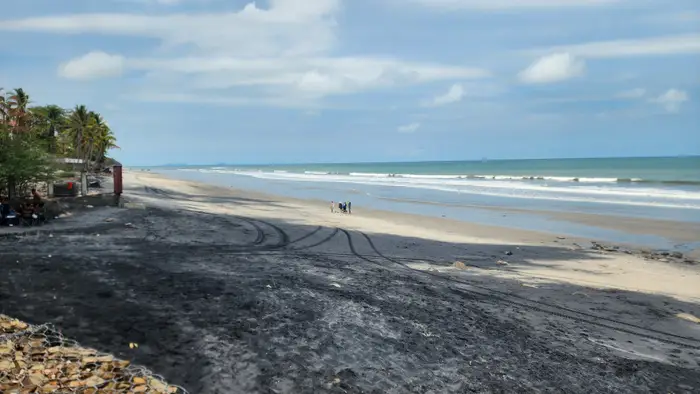
Beaches near Coronado, Panama City.
He was taken aback by how many people had metal guards around their homes or on their windows for security purposes. He added that it took time to get used to the number of guards with guns across the city. While some neighborhoods resemble high-end Florida destinations, he noted, some are better to avoid as a foreigner.
Davidson said he expected he could get by with the basics of Spanish, though he said it’s mandatory even in expat communities to speak at a decently proficient level. He said much of the city doesn’t speak English, and everything from buying groceries to paying bills to renewing car insurance is entirely Spanish.
“Finding a lawyer that speaks English was tough too, and I had to get my friends to help me go through the immigration process,” Davidson said, describing the process as a nightmare due to the amount of required paperwork and complications of finding translators.
One of his neighbors helped him secure a remote technical support manager role at a large American tech company, where he’s worked since.
“After moving here and getting paid nearly as much as I was getting paid in Canada, there’s a big difference in terms of standard of living,” Davidson said. “It’s a lot different down here in terms of how far your dollar goes.”
Living for cheaper in Central America
He met his wife in Panama, and they had two children. They bought a home for $150,000 in a gated community, and he said the valuation has increased.
He said prices and daily expenses are much more affordable in Panama than in Canada or the US (Panama’s currency is tied to the US dollar). Food costs for his family are $700 monthly, though he acknowledges he doesn’t shop at the cheapest local outlets and often opts for pricier imported brands.
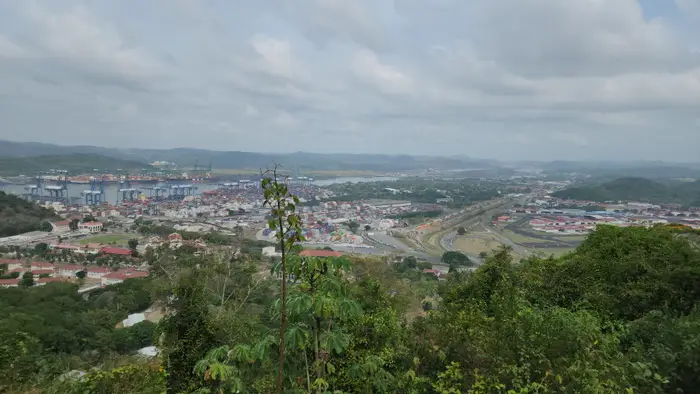
Looking down toward the canal from Ancon Hill.
He said average home prices in Panama City are often half what he saw in Manitoba’s cities, which were about $400,000 when he checked earlier this year. A waterfront property by the beach in Vancouver can easily exceed $1 million, while he frequently sees beachfront properties in Panama well below $500,000. He and his wife pay $50 monthly for a community maintenance fee.
His electric bill, including garbage pickup, is $100 a month, while his water bill is $10 monthly. He said he fills up his Nissan for about $35, though he works remotely and saves on commuting costs. The prices for durable electronics and appliances are about comparable.
He said he tries to make friends with his neighbors, who help him pay local fees instead of inflated “foreigner” prices.
“When my wife is paying for something, I’ll stay in the shadows so they don’t see me because as soon as they see me, they say, you married a foreigner and therefore you must be rich, and we’re going to give you the foreigner prices,” Davidson said. “It’s worth your while that if you’re going to get somebody to come work at your property doing gardening or landscaping or repairs on your house, to have a local take care of that price bargaining for you.”
Whereas in Canada he said he got “taxed like crazy for everything,” taxes in Panama are much lower.
Davidson acknowledged that doctor’s visits in Panama are expensive with long wait times, a downgrade from Canada’s universal healthcare. Panama has a public medical system, though he said many recommend avoiding it for its inconsistent quality.
“There are some give and takes; a lot of things are cheaper here, but you’re not getting some of the benefits of what you have in Canada or other parts of North America,” Davidson said.
He said sending his children to private schools is worth the extra $450 monthly. The school year runs from March to the beginning of December, and many private schools teach in English, though many include religion in their curriculums. He’s worried that the quality of education, even at private schools, may not compare to the Canadian system.
“We are having a debate about whether we should move for the kids and their education in Canada or keep them here and try to get them into American universities,” Davidson said.
Still, Davidson said he and his wife are planning to retire in Panama and are purchasing additional properties as investments to help cushion them for retirement in 15 to 20 years.

